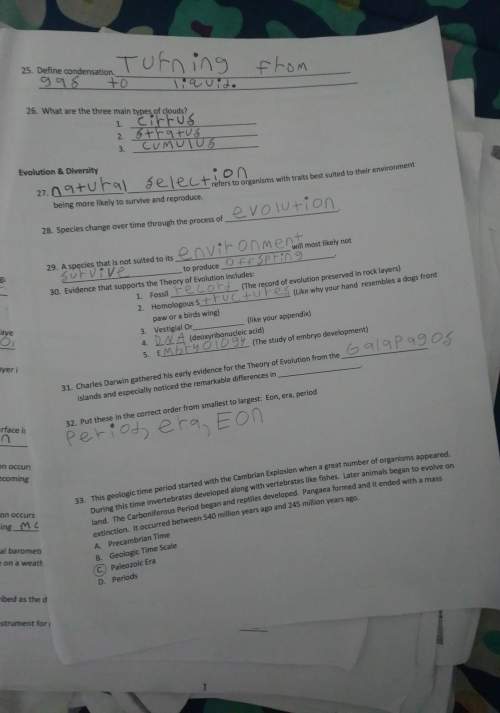
Physics, 10.12.2019 05:31 ninaaforever
Ablock of mass m = 1.9 kg is on an inclined plane with a coefficient of friction μ1 = 0.32, at an initial height h = 0.64 m above the ground. the plane is inclined at an angle θ = 51°. the block is then compressed against a spring a distance δx = 0.24 m from its equilibrium point (the spring has a spring constant of k1 = 28 n/m) and released. at the bottom of the inclined plane is a horizontal plane with a different coefficient of friction, μ2 = 0.13. after a distance d = 0.13 m, there is another spring (spring constant k2 = 7.5 n/m) under which the surface is frictionless. use energy considerations in this problem. a. assume the block does not make it all the way to the bottom of the ramp before it comes to rest. what is the x-component of the block's position when it stops? use an x-axis parallel to the incline, with the positive direction pointing up the incline and the origin at the spring's equilibrium position. this should not depend on the initial height of the block, only on the angle. b. let us now assume the values are such that the block does reach the bottom of the ramp. find the speed of the block, in m/s, when it reaches the end of the ramp. treat the block as a point. c. once the block reaches the bottom, it encounters a new coefficient of friction. what distance x, in meters, could the block travel on this surface before stopping if no obstacles were in the way? assume the size of the block is negligible in transitioning from the ramp to the plane. d. after a distance d on the surface with coefficient μ2, the block encounters a frictionless surface and a spring with constant k2. calculate how far the spring is compressed δs in m when the block comes to rest.

Answers: 1


Another question on Physics

Physics, 22.06.2019 00:00
True or false: the cycle of seasons on the earth is caused by the tilt of the earth on its axis toward and away from the sun.
Answers: 1

Physics, 22.06.2019 01:30
John throws .4 kg ball with velocity of 18 m/s. hits .2 kg bottle and bottle flies 25 m/s. how fast is ball traveling after hitting the bottle?
Answers: 1

Physics, 22.06.2019 12:10
Energy flows from the producer level to the level. is called
Answers: 1

Physics, 22.06.2019 20:50
The second largest public utility in the nation is the sole provider of electricity in 32 counties of southern florida. to meet the monthly demand for electricity in these counties, which is given by the inverse demand function p = 1,200 – 4q, the utility company has set up two electric generating facilities: q1 kilowatts are produced at facility 1, and q2 kilowatts are produced at facility 2 (so q = q1 + q2). the costs of producing electricity at each facility are given by c1(q1) = 8,000 + 6q12 and c2(q2) = 6,000 + 3q22, respectively. determine the profit-maximizing amounts of electricity to produce at the two facilities, the optimal price, and the utility company’s profit
Answers: 3
You know the right answer?
Ablock of mass m = 1.9 kg is on an inclined plane with a coefficient of friction μ1 = 0.32, at an in...
Questions

Spanish, 15.10.2019 08:50


Health, 15.10.2019 08:50



History, 15.10.2019 08:50


Biology, 15.10.2019 08:50


Biology, 15.10.2019 08:50


Biology, 15.10.2019 08:50

Mathematics, 15.10.2019 08:50




Mathematics, 15.10.2019 08:50


English, 15.10.2019 08:50

Spanish, 15.10.2019 08:50




